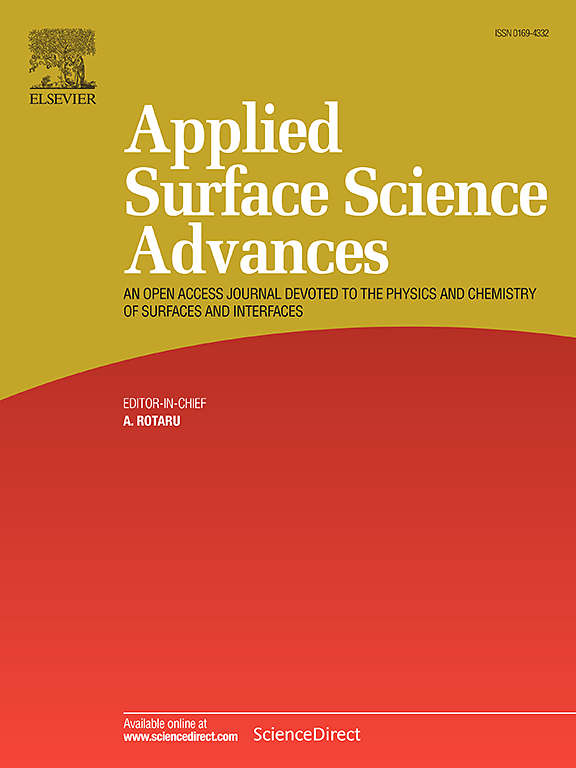Copper hydroxide nanosheets: Synthesis, structural analysis, and electrochemical performance evaluation
IF 8.7
Q1 CHEMISTRY, PHYSICAL
引用次数: 0
Abstract
Two-dimensional (2D) oxides have garnered extensive attention owing to their remarkable properties, including high surface-to-volume ratios and unique chemical and physical properties. Among the various methods reported for the synthesis of 2D structures, surfactant-based approaches are particularly advantageous because they enable the formation of 2D nanostructures at the water–air interface. Nanostructured copper oxides are widely used as electrode materials for energy storage and conversion in batteries and supercapacitors. We synthesised 2D Cu(OH)2 nanosheets using an innovative surfactant-assisted method and analysed their structural and electrochemical properties. The Cu(OH)2 nanosheets exhibited good supercapacitor performance because of the increased active area of the 2D structures. However, the electrochemical performance of the Cu(OH)2 nanosheets was adversely affected by annealing owing to the changes in the crystal structure of copper hydroxide. Our findings contribute significantly to the field of 2D nanoscale materials, and the proposed synthesis method facilitates the development of various nanoscale materials with tuneable properties.
氢氧化铜纳米片:合成、结构分析和电化学性能评价
二维(2D)氧化物由于其卓越的性能,包括高表面体积比和独特的化学和物理性质,已经引起了广泛的关注。在合成二维结构的各种方法中,基于表面活性剂的方法尤其具有优势,因为它们能够在水-空气界面形成二维纳米结构。纳米结构的氧化铜被广泛用于电池和超级电容器的能量存储和转换电极材料。我们利用一种创新的表面活性剂辅助方法合成了二维Cu(OH)2纳米片,并分析了它们的结构和电化学性能。Cu(OH)2纳米片由于其二维结构的活性面积增加而表现出良好的超级电容器性能。然而,由于氢氧化铜晶体结构的改变,退火对Cu(OH)2纳米片的电化学性能产生了不利影响。我们的发现对二维纳米材料领域有重要的贡献,并且所提出的合成方法促进了各种具有可调谐性能的纳米材料的发展。
本文章由计算机程序翻译,如有差异,请以英文原文为准。
求助全文
约1分钟内获得全文
求助全文

 求助内容:
求助内容: 应助结果提醒方式:
应助结果提醒方式:


